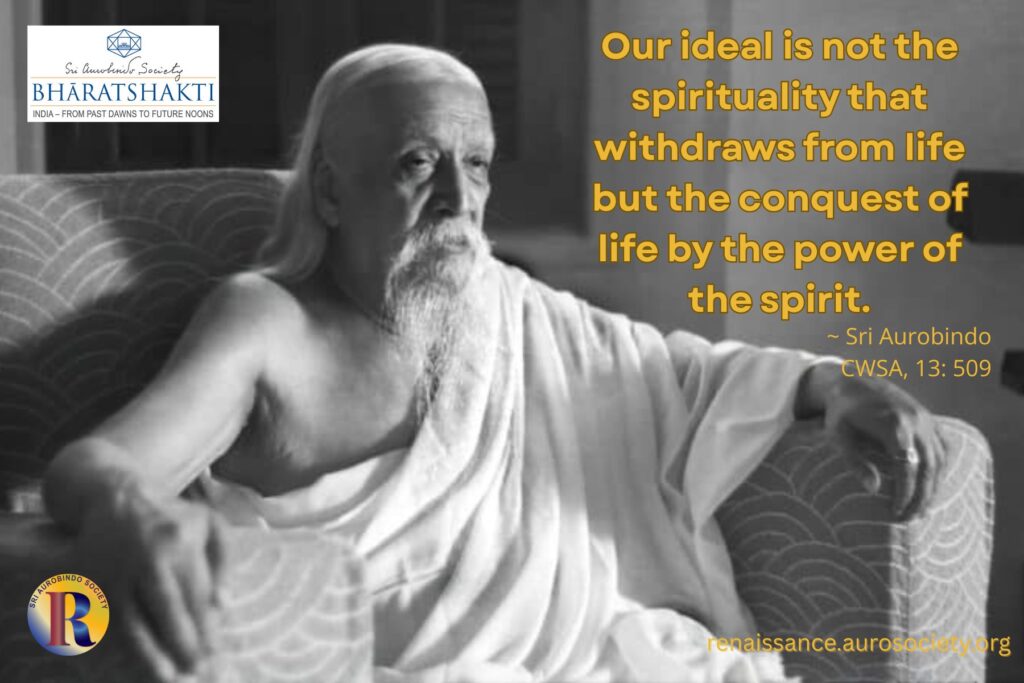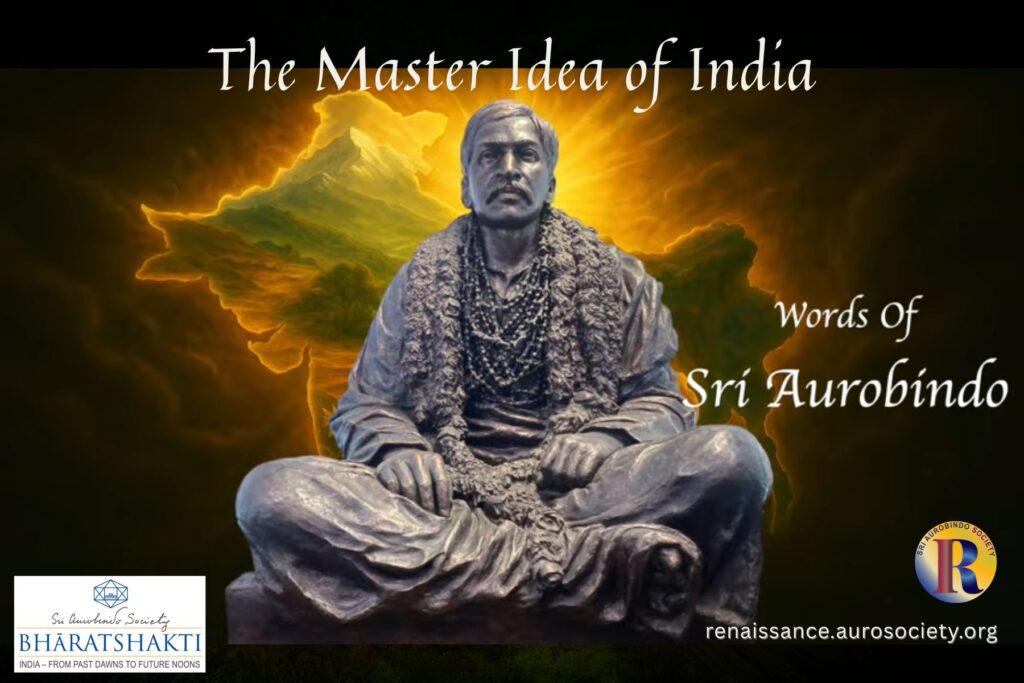Volume III, Issue 2
Author: Rajeshwari
Continued from PART 8

A large majority of people are generally unaware that most of the rituals and customs we may be following to this day are entwined inseparably with our everlasting ancient wisdom. Our ancestors saw it fit to connect every tradition and custom to religious and dharmic duties of people, so that they would benefit both physically and spiritually. One of them is Ćaturmāsya Sankalpam.
Ćaturmāsya Sankalpam
This annual ritual is observed for four months during the months of Āśāhadh-Kartik. It starts with āśāhadhi/Devshayani Ēkādaśi and ends with Prabodhini/Uṭhāna Ēkādaśi. Our devatā-s are said to be taking rest during this period. So as not to disturb them, no auspicious ceremonies are held.
But this is also a period most suitable for intense spiritual sādhana. So any dāna, pujā or japa done during this period begets one multifold punya. In addition to religious rituals and japa-tapa, seva is of utmost importance during ćaturmāsya.
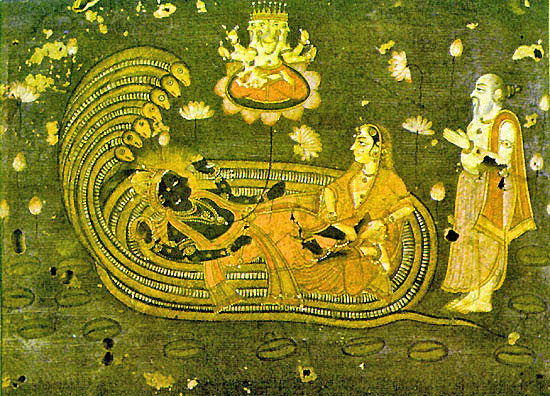
Similarity with Agyatavāsa
Before proceeding further, I briefly mention about the agyatavāsa which is similar in some respects. Agyatavāsa means retreating to a secluded place, where one is a stranger, to live for a stipulated period of time. This ritual gives the needed rest physically, mentally and intellectually but also requires one to be conscious spiritually.
In the Mahabharata, Pandavas during the agyatavāsa served King Virata of Matsya in various capacities, helping the kingdom prosper. Yudhishtira, as the advisor to the king, Bheema as a cook, Arjuna disguised as a transgender teacher of fine arts to the princess, Nakula and Sahadeva as groom of horses and a cowherd respectively, did yeoman service to the king.
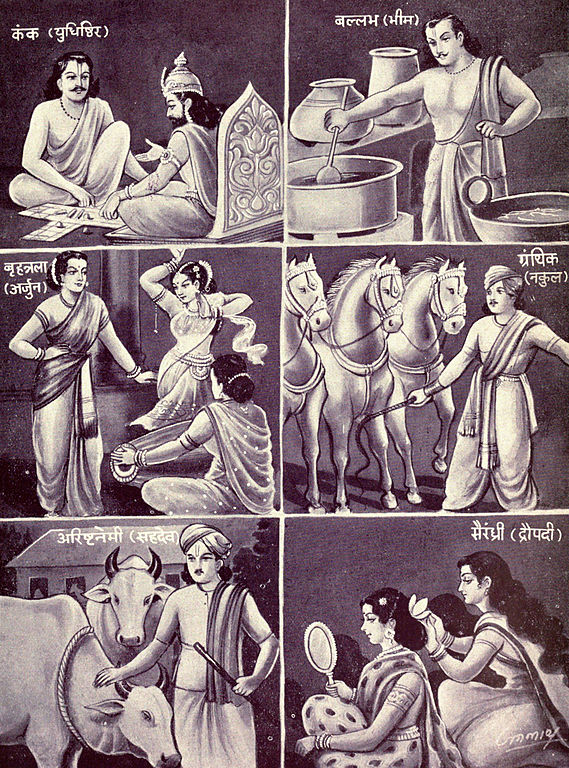
When Duryodhana was unsuccessful in tracing the Pandavas with just days left for the agyatavāsa to end, Bhishma advised them to look for nearby kingdoms that had prospered in the recent past. For he knew that the Pandavas would only bring happiness and prosperity wherever they went.
In both agyatvāsa and ćaturmāsya, it is important to live incognito in a secluded place, to turn inwards and towards paramātmā. One should also be of service to those around, including the dwellers of animal and insect world. Since ćaturmāsya falls during monsoon, there are millions of small insects and other living beings on the ground. This is the reason our rishi-s and muni-s who followed the path of ahimsa stopped their padayātra-s during this time, to prevent harm to these tiny creatures.
Ćaturmāsya – A Holistic Approach to Wellness
During ćaturmāsya one steps back, withdraws from the world, either physically or mentally to regain one’s spiritual and divine energies.
In the olden days, before the start of ćaturmāsya, sanyāsi-s and mathādiśa-s of all mathā-s from Kashmir to Kanyakumari withdrew themselves to places where there would be no disturbance or sensory distraction. They proceeded to far off hills, riverbanks and caves. There they observed fasting and silence as they turned inwards to practice deep contemplation and dhyāna. They subsisted on a sātvik diet of fruits and water, giving due rest to both the panćabhūta-s in the body and panćēndriya-s of the mind.
One can call this internal cleansing.
Observing silence increases oxygen intake for internal cleansing. One’s spiritual vibration increases manifold because of living in solitude and quietude. With one’s mind constantly turned towards the Supreme Consciousness, one’s inner radiance begins to shine through. The spiritually advanced sadhaks may also realise an identity with the Paramātmā.
This is why when at the end of ćaturmāsya, sanyāsi-s and mathādiśa-s returned from their isolation, people would go to get their darshan and blessings, to be in the presence of the divinity shining through them.
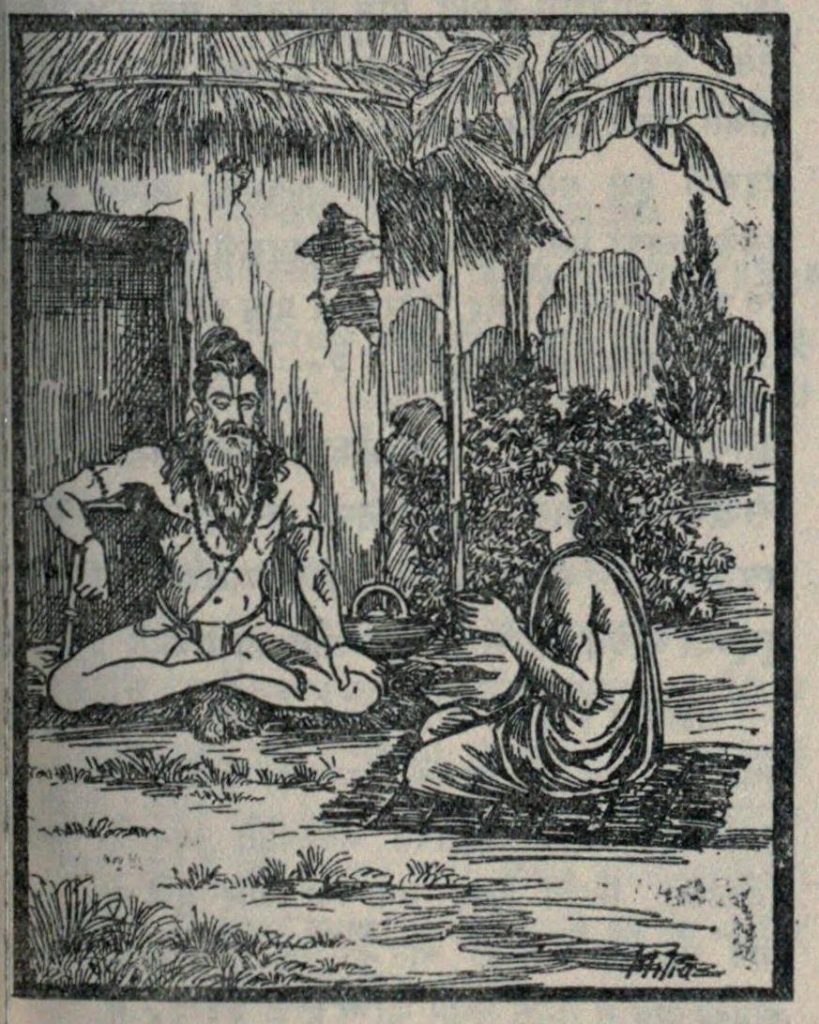
But in present times, things have changed.
The mathādiśas who observe ćaturmāsya these days go to other mathās or ashrams. Crowds of people flock to seek their blessings. All the various activities connected to the darshan, the cameras recording the events— these things distract and pull them down in consciousness. The significance of the sacred ćaturmāsya gets diluted. Surrounded by the mundane vibrations of so many people the inner spiritual vibration is lost or considerably lessened.
Our ancestors instituted the ćaturmāsya sankalpam as a means to help overhaul the panćabhūtas representing the internal organs of the human body – especially of those above the age of 50. Therefore, even householders observed the ćaturmāsya sankalpam, while staying at home.
Austerities at Home
While sanyāsis went to remote places, our elders at home utilized the benefits of vrata-s (fasts and other austerities) to the maximum extent to achieve similar results. Through their disciplined lifestyle they set an example for the younger generations for maintaining good physical and mental health and also growing spiritually.
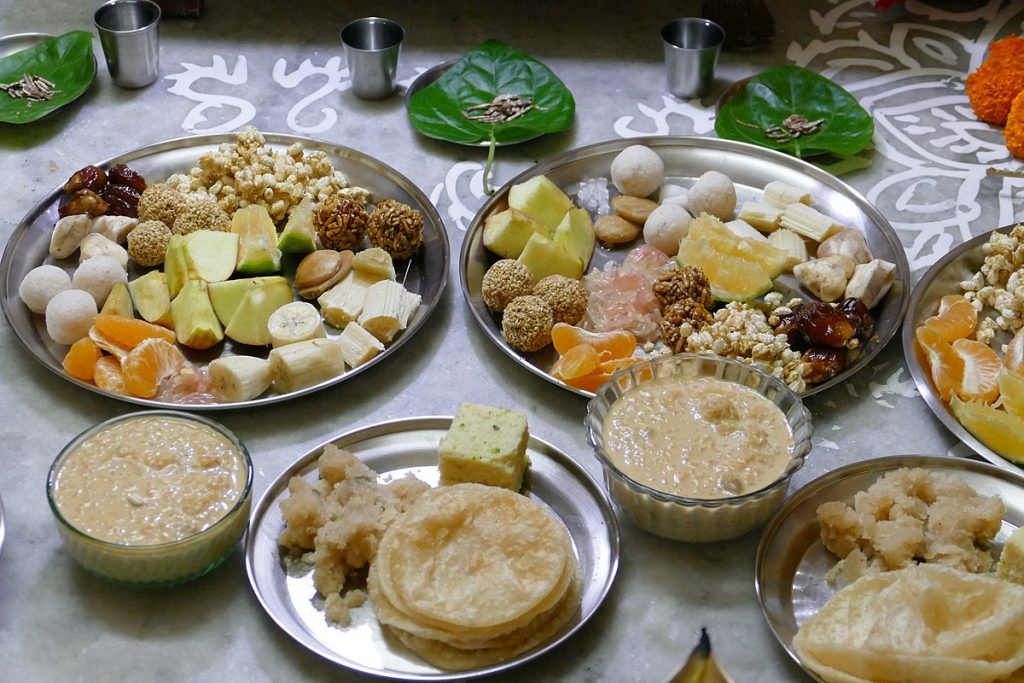
Ćaturmāsya is also the time for several big and small festivals and all of them have elaborate naivedyams, thus encouraging overeating. Vrata-s being the opposite, help to offset the ill-effects of overeating the rich naivedyams. The elders in the family observed their vrata-s with just fruits or a liquid diet, spending all their time in doing japa and devotional activities. Some also observed maun vrat, talking only when absolutely necessary. The other members, including the children respected the elders’ silence and withdrawal.
All these austerities have their benefits.
- Liquid diet cleanses the urinary tract (kidneys and bladder).
- The digestive tract (stomach, liver, gallbladder, pancreas) gets the much-needed rest from the ordeal of digesting food.
- Intake of fruits, when necessary, helps eliminate toxic waste from the bowels.
- Juices, mostly vitamin C-enriched nimbu pāni, accomplishes three jobs: quenches thirst, cleanses the blood, rejuvenates the circulatory system.
- Maun vrat increases oxygen intake, which helps to cleanse respiratory organs and freshen the brain.
This is why many foods are proscribed during these sacred months, which also fall during the monsoons when the digestive system is at its most sluggish.
As an effect of observing such vrata-s along with spiritual pursuits, the elders’ radiated goodness and energy.
However, the younger generations were not allowed to fast.
The reason was simple: the younger folks are still walking on the path of karma and have to fulfil the duties of householders before going on the path of jñāna. For them, earning money, running the family, bringing up children, taking care of the elders and doing other allied duties are important. They need the physical energy to do all the work and can’t fall prey to weakness due to hunger. Therefore, the elders, in all their wisdom, told the younger generation, ‘kutti virudam kudiyai kedukkum’, which loosely translated means that the young should not fast, lest it affects the family’s fortunes.
Our elders combined scientific and spiritual wisdom which helped them develop tremendous inner strength. It stood them and their family in good stead even during adversities and calamities. They guided the younger generation by example.
Today, much of this wisdom has been lost or corrupted. Most people who observe vrata-s these days end up eating ‘special foods’ — often unhealthy — and munching through most of the day. Basically, they only avoid certain items of food, otherwise are eating and drinking as usual. This can be counterproductive, to say the least!


